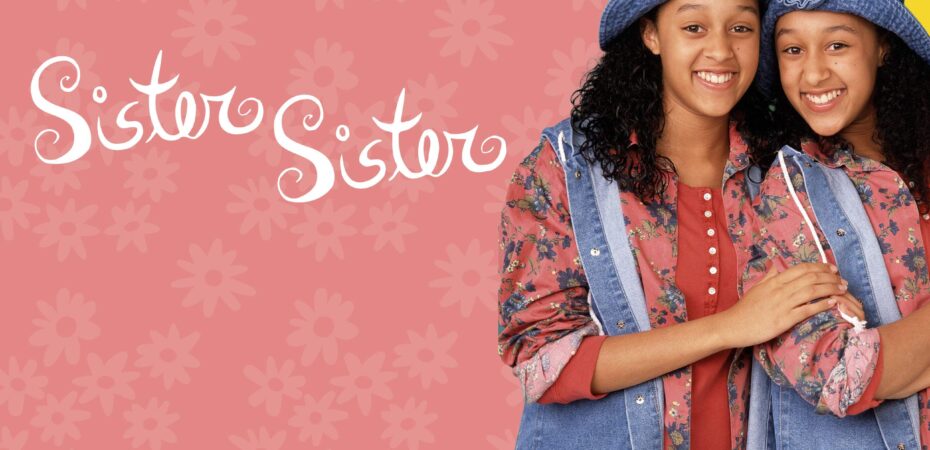Braithwaite’s My Sister, The Serial Killer tackles the complex and often severe relationship between sisters. There exists a certain intersectionality of sisterhood comprised of numerous multiplicative factors which characterize the relative burden of the relationship.
The definitional lines of self, particularly as they are demarcated by the ‘other’, are confounded as a sister. Though you may try to differentiate yourself through tastes, professions, and demeanor, you will always be a part of a unit. This unit exists as a subgroup within the larger family, distinct in its interpersonal dynamics.
Socially, one is inherently linked to their sister—how you are similar, how you are different, who’s prettier, who’s smarter, who’s kinder. To be a sister is to have a perpetual reference point to which others and consequently yourself can measure your success and failure. We see Korede struggle with this comparison most saliently as she pines for the attention of Dr. Tade, who is infatuated with her sister.
However, sisters also serve as mirrors of ourselves. Composed of ostensibly the same genetic material and upbringing, the extent to which two (or more) can deviate is deeply, even harmfully so, instructive in the creation of one’s self-concept. Braithwaite often includes the smallest of glimpses into this element of sisterhood, usually in Ayoola’s looks to Korede for moral absolution (“Are you angry with me?”).
Jane Bryce explores the concept of familial ‘doubling’ or ‘mirroring’ in her work “3rd Gen Women Writers – ‘Half and Half Children’”, looking at biracial children in Helen Oyemyemi’s The Icarus Girl. Bryce writes, “[Biracialism] here, the merging of two cultural identities, becomes another facet of the twin phenomenon; biracial children, like twins, can be seen as ‘half and half children,’ alternately split and doubled.” (Bryce 60) If we replace the notion of biracialism with the binary moralism embodied by Korebe and Ayoola, a similar logic applies. The sisters are part and parcel of a larger whole— divided in stark, defined differences superficially, but in reality endowed with the good and bad qualities of each other. “The doppelganger, in other words, comes in from the margins of consciousness to inhabit the body of the protagonist.” (Bryce 59) In a metaphoric sense, Ayoola represents Bryce’s notion of the doppelganger, materializing violence which exists in Korebe, though (mostly) left unacted upon.
In brief vignettes in the final chapters, Braithwaite allows readers to have a glimpse of a final complicating element in the dynamic between sisters—that of the teacher. Sociologist Chikwenye Ogunyemi contextualizes this, differentiating Western ideals of the nuclear family from the reality of African sisterly relations. Ogunyemi contends, rather, that for Africans “the most profound sisterly relations are to be found in co-mothering […] not reducible to biological motherhood” (African Women, 13). Korebe, in her defense of Ayoola from her father’s final arrangements, as well as Tade’s attack, exhibits flashes of the defensive violence which defines Ayoola’s character. In a culture of co-mothering and sisterly influence, the pedagogical and mimetic implications of Korebe’s darker impulses manifest themselves in her younger duplicate.
Though strained, the novel demonstrates the unwavering, unconditional bond between sisters. Korede, quite literally, helped her hide the body. For all of Ayoola’s faults, Korede’s support never falters. Ayoola, with her father’s blade, carries on a legacy of violence passed from generation to generation. If our families define who we are, how does the relation between sisters inform our relationship to the world?
(Additional) Works Cited
Oyewumi, Oyeronke, ed. African Women and Feminism: Reflecting on the Politics of Sisterhood. Trenton, NJ: Africa World P, 2003.


